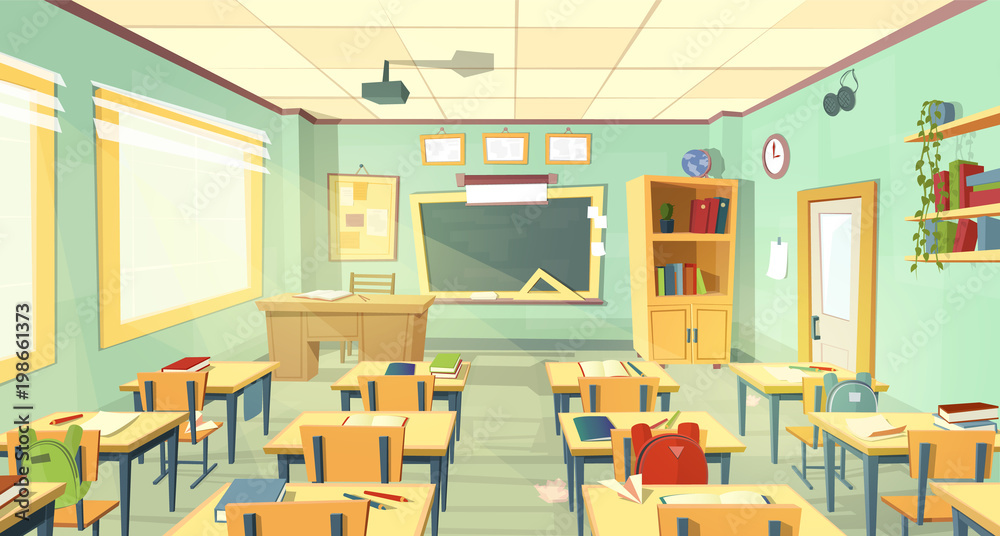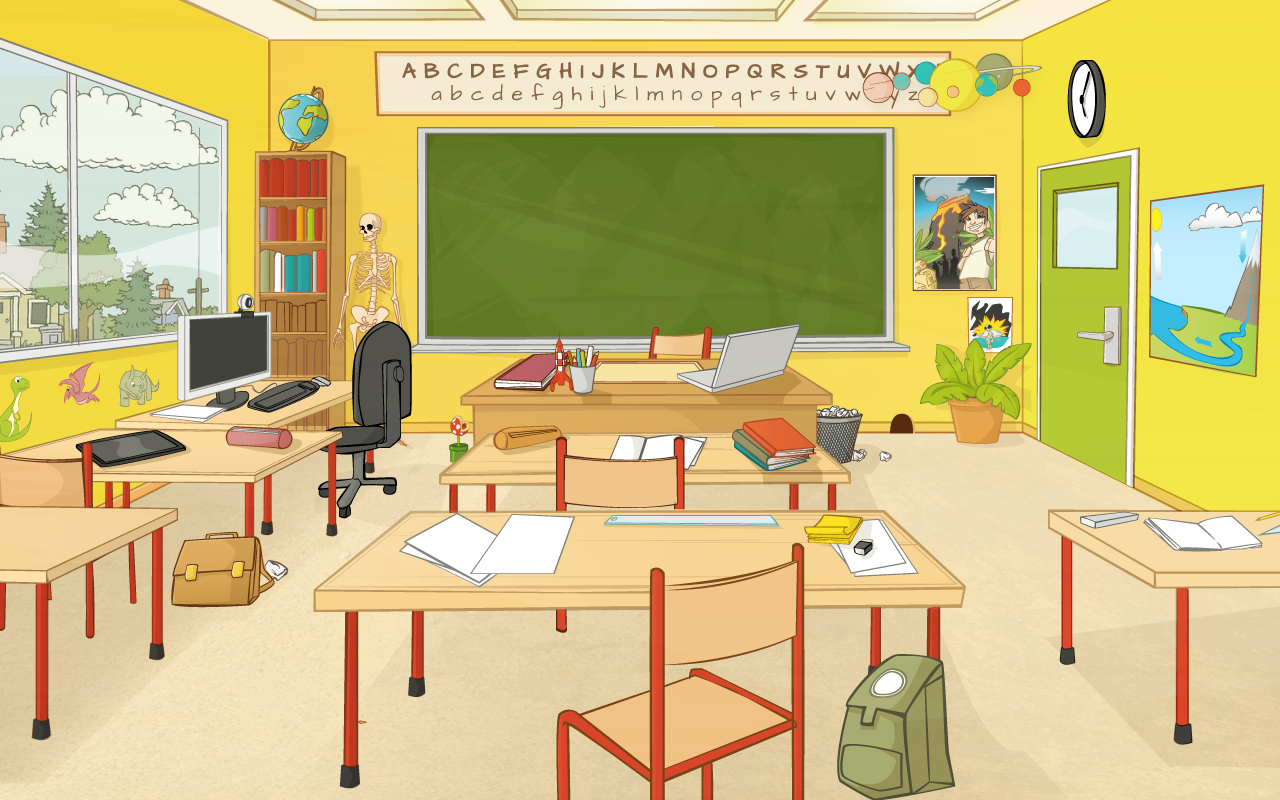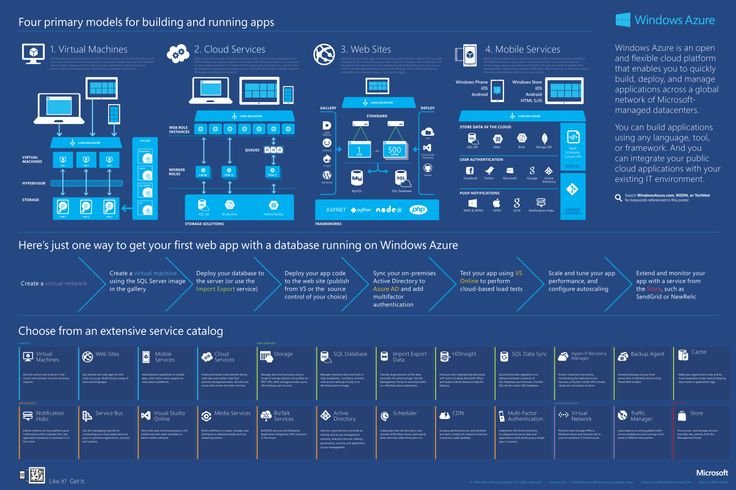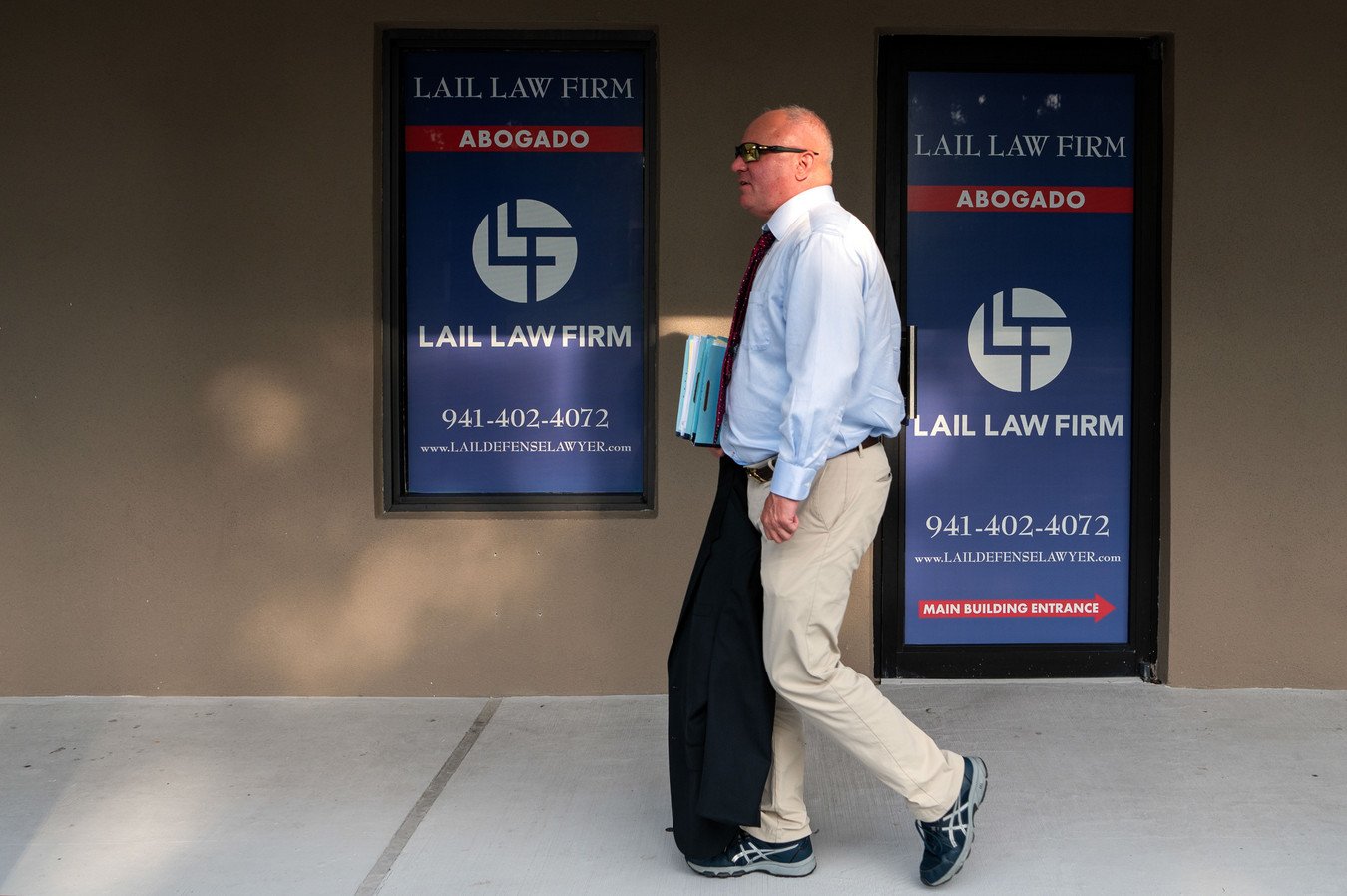Introduction: What Does “Classroom to Trass” Mean?
The phrase “classroom to trass” symbolizes the journey from theoretical learning in a classroom to practical application in the real world. It reflects the shift from gaining knowledge to applying it effectively in complex, dynamic environments. This article explores how students transition from structured educational settings to real-life scenarios, with strategies and insights to ensure success.
The Importance of Bridging Classroom Learning with Real-World Skills

- Why Transitioning Matters
Education equips students with foundational knowledge. However, practical application is necessary for this knowledge to remain abstract. The “trass” represents real-world challenges where adaptability, problem-solving, and critical thinking become essential.
- Real-World Relevance: Employers seek graduates who can apply skills to solve problems, not just memorize facts.
- Confidence Building: Practical experiences build confidence, enabling individuals to handle unexpected situations.
- Critical Challenges in the Transition
Many students need help to bridge the gap between theory and practice. Common obstacles include:
- Lack of Hands-On Experience: classroom to trass settings often need more real-world complexity.
- Limited Soft Skills: In academic settings, communication, teamwork, and leadership are critical but only sometimes emphasized.
- Uncertainty and Fear: Navigating new environments can be intimidating, leading to self-doubt.
Strategies for a Successful Transition
- Embracing Experiential Learning
Experiential learning emphasizes “learning by doing.” Incorporating internships, co-op programs, and project-based learning allows students to gain hands-on experience.
- Internships: Provide exposure to workplace dynamics and professional responsibilities.
- Service Learning: Combines community service with instruction, fostering civic responsibility.
- Developing Transferable Skills
Transferable skills, such as problem-solving, communication, and adaptability, are valuable across all industries.
- Critical Thinking: Encourages analyzing problems from multiple perspectives.
- Communication Skills: Effective writing and speaking are crucial in any career.
- Teamwork and Collaboration: Most jobs require teamwork; fostering these skills is essential.
- Building a Growth Mindset
Adopting a growth mindset—believing abilities can be developed through dedication—helps individuals navigate challenges.
- Resilience: Overcoming setbacks is crucial in real-world scenarios.
- Continuous Learning: Emphasizes the importance of lifelong learning and adaptability.
Real-Life Applications of Classroom Learning
- Case Studies of Successful Transitions
Example 1: Engineering Graduates in the Workforce
Many engineering programs now incorporate capstone projects where students design solutions to real-world problems. This prepares them for the complexities of engineering roles post-graduation.
Example 2: Business Students and Entrepreneurship
Business schools often encourage students to develop business plans and pitch ideas. This fosters innovation and real-world entrepreneurial skills.
- Industry-Specific Transition Programs
Several industries have tailored transition programs:
- Healthcare: Medical residencies allow students to practice under supervision before becoming independent practitioners.
- Law: Legal internships and clerkships provide practical courtroom experience.
- Technology: Coding boot camps and hackathons bridge the gap between theory and application.
The Role of Educators and Institutions
- Redesigning Curricula
Educational institutions must integrate practical experiences into curricula. This can include:
- Case-Based Learning: Using real-life scenarios to teach concepts.
- Industry Partnerships: Collaborating with companies to provide internships and mentorships.
- Mentorship and Guidance
Mentors play a vital role in helping students transition. They provide advice, share experiences, and offer networking opportunities.
Overcoming Common Barriers
- Addressing the Skills Gap
Many graduates face a “skills gap,” where their education does not align with job market needs. To address this:
- Upskilling Programs: Short courses and certifications can help bridge the gap.
- Career Services: Universities should offer robust career counselling and job placement assistance.
- Coping with Uncertainty
Navigating a new environment can be overwhelming. Strategies to manage this include:
- Mindfulness and Stress Management: Techniques like meditation can help manage anxiety.
- Networking and Community Building: Engaging with alum networks and professional groups can provide support.
Conclusion: From Classroom to Trass
Transitioning from classroom to trass learning to real-world application is critical in personal and professional development. Students can navigate this journey successfully by embracing experiential learning, developing transferable skills, and fostering a growth mindset. Institutions are crucial in supporting this transition through innovative curricula and mentorship. Ultimately, the “classroom to trass” journey transforms knowledge into action, preparing individuals to thrive in an ever-changing world.














Leave a Reply